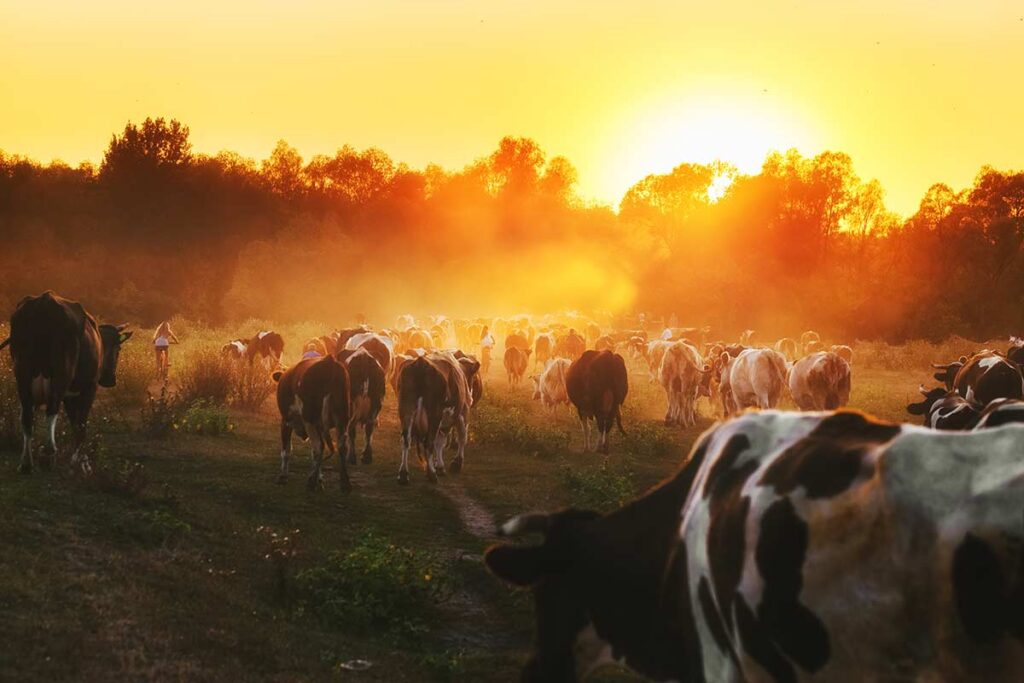Specific rules apply regarding harvesting the hay from, or allowing grazing on, land enrolled in the Conservation Reserve Program (CRP). The clearest way to assess the rules is to first identify whether conditions are considered ordinary or drought.
Both haying and grazing may be permitted for one of two reasons:
- To improve the quality or condition of the cover.
- To provide relief from emergency situations, such as drought or natural disaster, for livestock producers.
Given said conditions, specific guidelines apply.
When a county is classified as “D2-Severe” as defined by the US Drought monitor, approval for haying/grazing is given on a county-by-county basis, (droughtmonitor.unl.edu). The FSA County Committee can initiate the determination as a result of a livestock emergency, defined as a minimum loss of forage production of at least 40%.
In reference to haying, permitted only outside of nesting season (May 15 – August 1), the producer can use the privilege personally or is permitted to grant it to someone else. Either way, these caveats apply:
- There is a limit of one cutting.
- All hay must be removed within 15 days of bailing.
- It is permissible for the hay to be sold.
With regards to grazing outside of nesting season, 90 days is permitted, but all livestock must be removed by the end of the following day of termination for the approved emergency period. Grazing is also permissible during nesting season, but only at 50 percent of what would be considered normal, and only if the county is eligible for Livestock Forage Program payments. While non-emergency grazing is permissible every two years, and haying every three, it should be noted that this is accompanied by a 25% reduction in payment to the producer. No such reduction is assessed if deemed an emergency.
Producers must request permission prior to either activity by filing with the county FSA office, identifying the area being considered for utilization. If you would like to learn more or if you have questions regarding haying or grazing on CRP land, contact your local USDA Service Center or click here to reach out to FDCE today.

